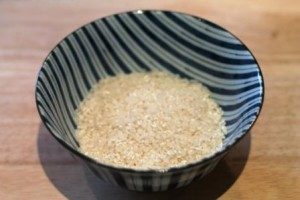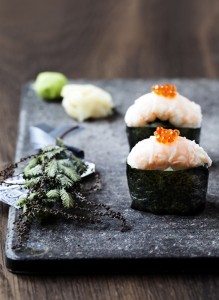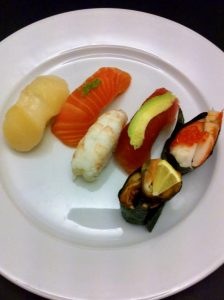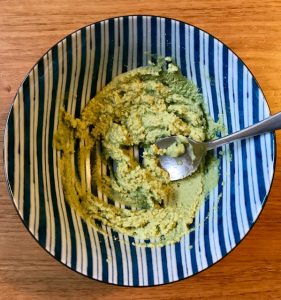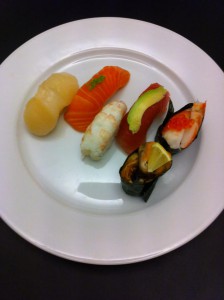 Most people are not aware of that the weather does always affect cooking process.
Most people are not aware of that the weather does always affect cooking process.
Cooking sushi rice is detail oriented work. Just a small change in the weather will have a direct influence on the quality of the cooked sushi rice.
When you cook sushi rice you will notice these small changes sinces you use significantly less water for cooking sushi rice compared to ordinary rice. Depending on whether it snows/rains heavily or it is a hot summer day it will affect the amount of water to be used.
Thar is the main reasons why it can be a challenge to cook sushi rice.
Read more about Sushi course for beginners
_
Zoë has held sushi courses and cooking classes for A. P. Moller – Maersk, Hugo Boss Nordic, Novo Nordisk, Novartis, Velux, Gorrissen Federspiel, Beierholm revision, Elbek & Vejrup and many more.



